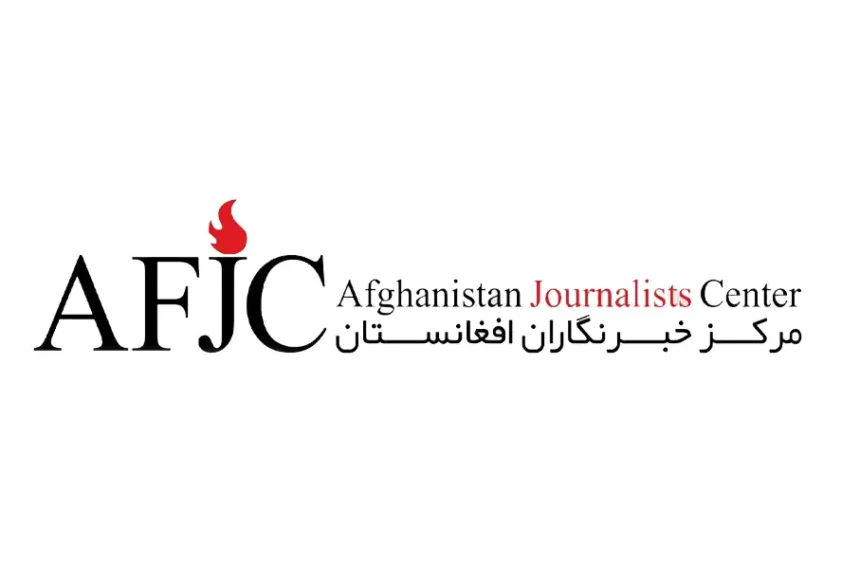RASC News Agency: In response to the severe restrictions imposed by the Taliban through their new law, the Afghanistan Journalists Center has stated that this decision imposes extensive limitations on the media and journalists. According to this organization, the Taliban’s Command and Prohibition Law further constrains journalists and news outlets, effectively closing off the open space for their activities. While media outlets operating within Afghanistan were already under the Taliban’s control, this law has now made the environment even more restrictive for them.
In a statement released today, Monday, August 26, the Journalists Center expressed grave concern, emphasizing that these restrictions are a continuation of the Taliban’s ongoing suppression of free media in Afghanistan. The statement asserts that these restrictions contradict the country’s Public Media Law and are in direct conflict with it. The Taliban have so far shown no commitment to adhering to any laws, and it was never expected that they would respect the media law either.
The Afghanistan Journalists Center has pointed out that while the Taliban have accepted the Public Media Law, they only enforce certain aspects of it in a “selective” manner. The organization has warned of the negative consequences these restrictions will have on the media, stressing that the Taliban must reconsider their policies towards the press. Under this law, greater authority has been granted to the enforcers of the Command and Prohibition Law to intervene in media affairs. According to Article 17, Section 3 of the law, the enforcers are obligated to prevent the publication of content that includes images of living beings.
Article 17 of the Taliban’s Command and Prohibition Law includes the following provisions:
1. Broadcasting content that does not conflict with Sharia and the Islamic faith;
2. Broadcasting content that does not involve the humiliation or insult of Muslims;
3. Broadcasting content that does not contain images of living beings.
This severely limits the media’s ability to produce proper content, effectively narrowing the space in which they can operate.






